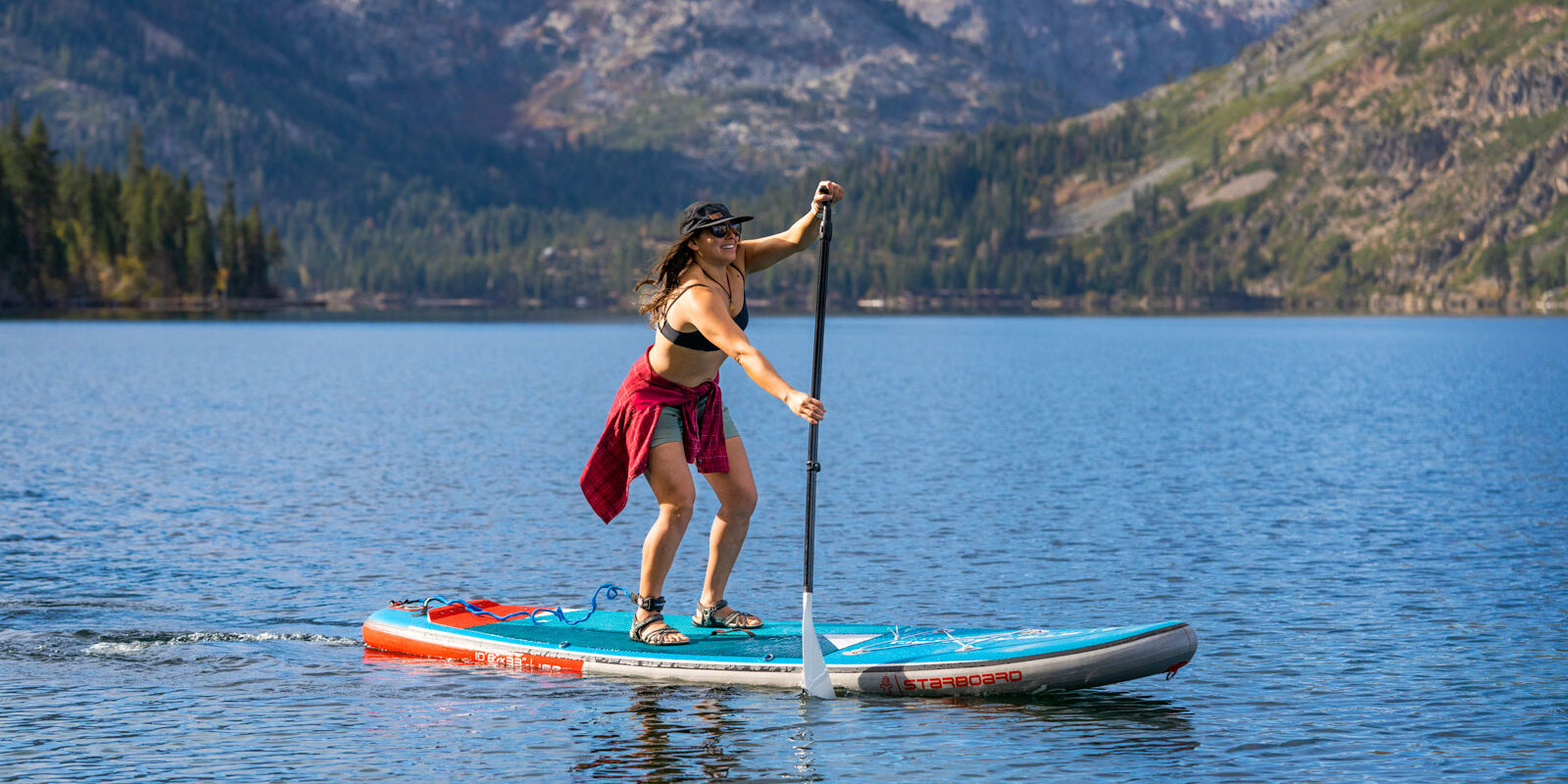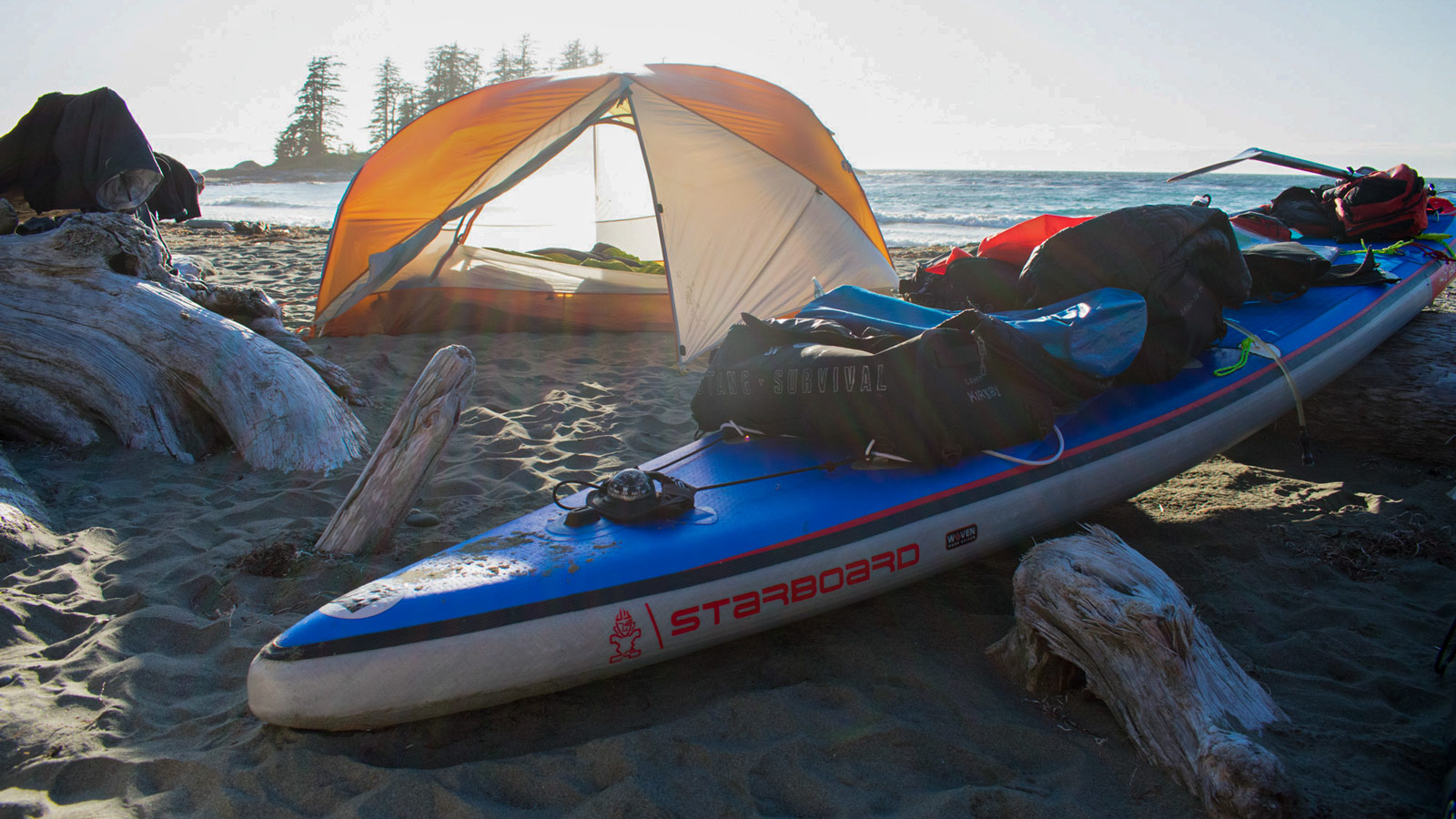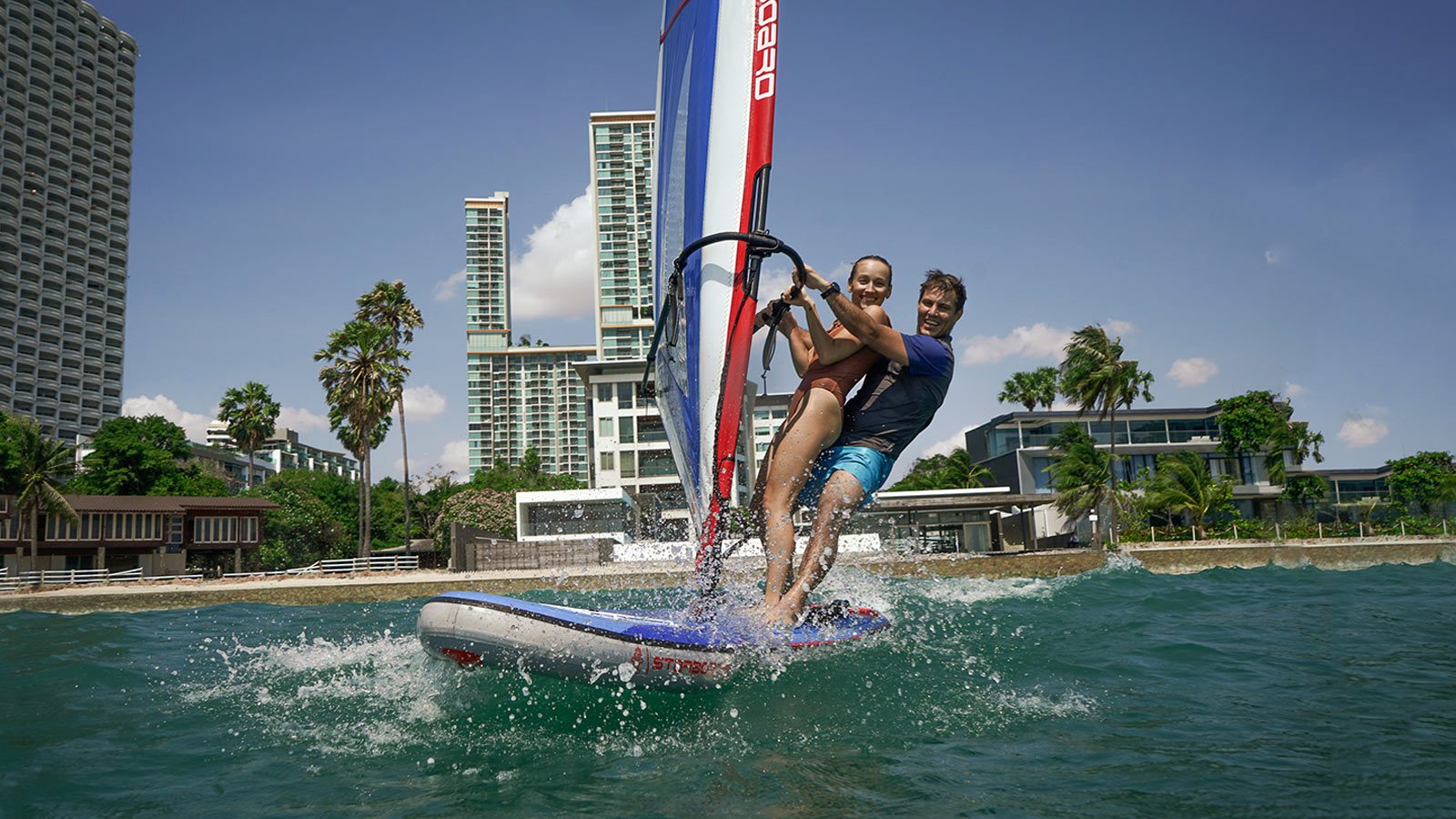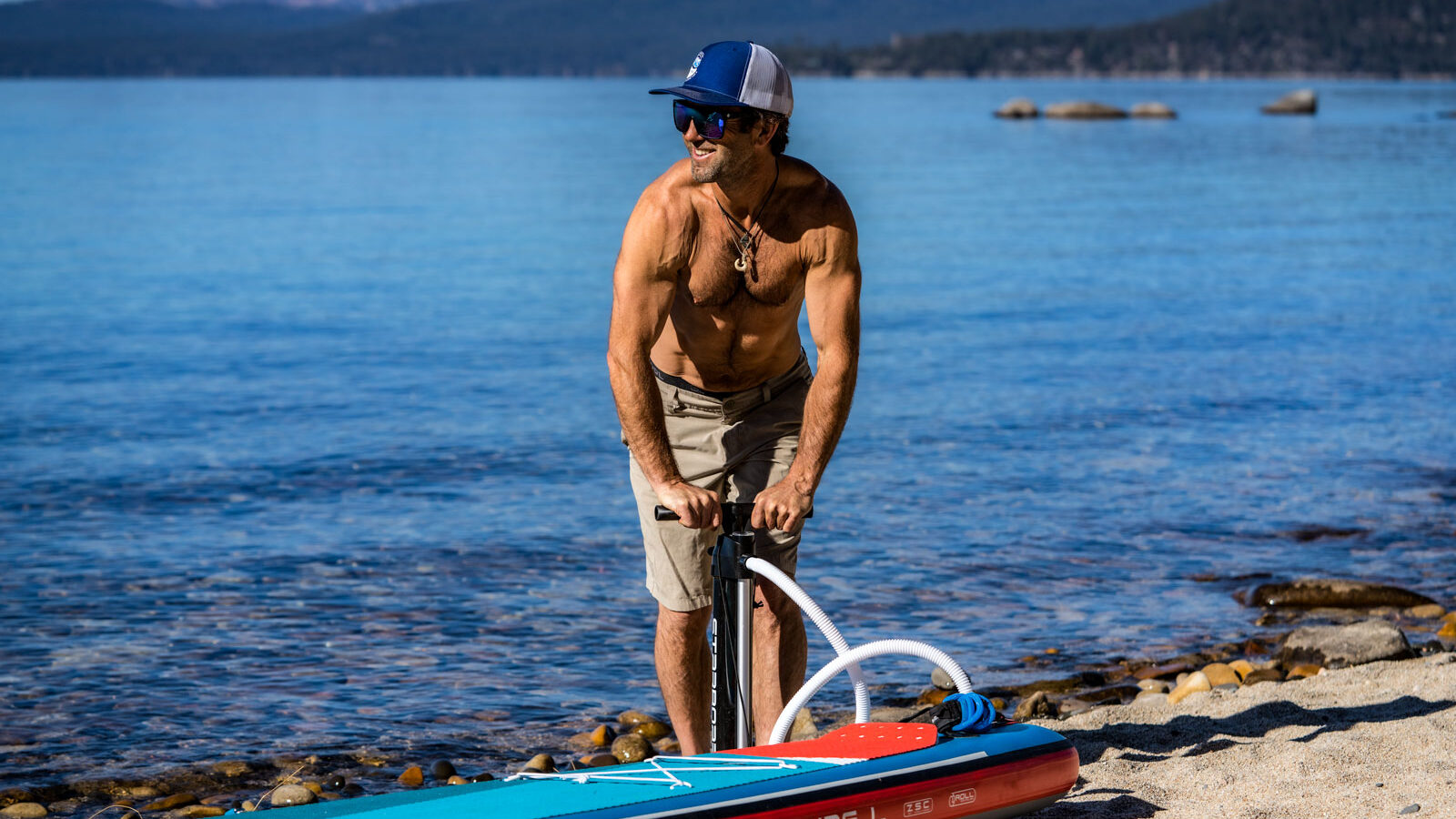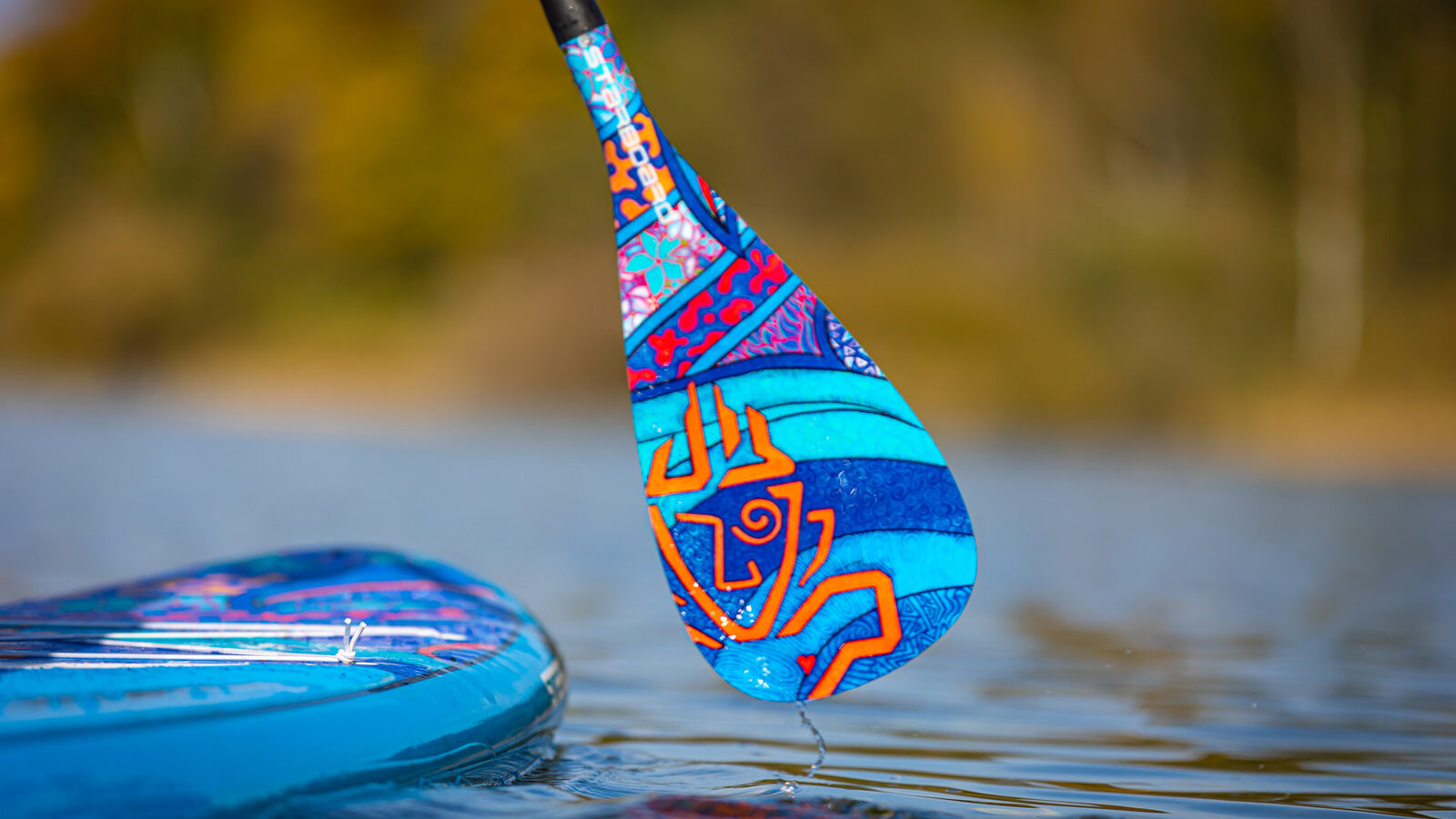Inflatable paddle boards (also known as iSUPs) are a convenient and popular choice for those looking to get into stand-up paddleboarding. They are lightweight, easy to transport, and can be easily stored when not in use.
However, with so many options on the market, it can be overwhelming to try and figure out which one is the best for you. In this article, we’ll go over some key factors to consider when choosing an inflatable paddle board to help you make an informed decision.
1. Purpose:
The first thing to consider when choosing an inflatable paddle board is what you plan to use it for. Are you planning on using it for recreational paddling on flatwater, or do you want something more versatile that can handle rough ocean conditions and small waves? Do you want to use it for yoga or fitness, or do you plan on using it for fishing or exploring? Knowing the primary purpose of your board will help you narrow down your options and find a board that is well-suited for your needs.
2. Size:
The size of the board is an important factor to consider, as it will affect the stability and maneuverability of the board. Generally, a longer and wider board will be more stable, but less maneuverable, while a shorter and narrower board will be more agile but less stable. If you’re new to paddleboarding or are planning on using the board for recreational paddling, a longer and wider board is probably the way to go. If you’re more experienced or want a board that can handle rougher conditions, a shorter and narrower board might be a better fit.
3. Capacity:
Inflatable paddle boards have a maximum weight capacity, which is the amount of weight they can safely hold. Make sure to choose a board that has a capacity that is appropriate for your weight, as well as any additional gear you plan on bringing with you. If you’re planning on using the board for fishing or exploring, you’ll likely need a board with a higher capacity to accommodate all of your gear.
4. Material:
Inflatable paddle boards are made from a variety of materials, including PVC, dropstitch, and fusion layering. PVC is the most common and affordable option, but it is not as durable as the other materials. Dropstitch construction involves thousands of small, tight stitches that hold the board together, making it more durable and rigid. Fusion layering involves adding an additional layer of material to the board, which increases its durability and stiffness. Starboard feature Zen and Deluxe constructions and are the only inflatable SUP manufacturer to employ welded rails to prevent your iSUP from leakage.
5. Brand:
There are many different brands of inflatable paddle boards on the market, each with their own unique features and benefits. Do your research and read reviews from respected sources to get an idea of the quality and performance of different brands. Keep in mind that a more expensive board does not always mean it is the best option,. Finally, be sure to have a clear explanation and understanding of what all the sales material ultimately means for the construction, performance and life of your board.
6. Price:
Inflatable paddle boards range in price from a few hundred dollars to over a thousand dollars. Determine your budget and look for a board that fits within your price range. Keep in mind that you get what you pay for, so a cheaper board might not be as durable or perform as well as a more expensive one.
7. Accessories:
Many inflatable paddle boards come with a variety of accessories, such as a paddle, pump, bag, and leash. Consider what accessories are included with the board and whether or not they are of a suitable quality or whether you’ll need to purchase any separate or additional ones.
8. Customer service:
Finally, consider the customer service of the retailer and brand you’re purchasing from. If you have any issues with your board, it’s important to have a retailer that is responsive and willing to help resolve any problems.
In conclusion, there are several key factors to consider when choosing the best inflatable paddle board. These include the purpose of the board, size, capacity, material, brand, price, and accessories. Take the time to do your research and consider all of these factors to ensure that you find a board that meets your needs and performs well. Don’t be afraid to ask for advice from other paddleboarders or the staff at a retailer, as they can provide valuable insights and recommendations. With a little bit of effort and research, you can find the perfect inflatable paddle board to suit your needs and get out on the water with confidence.

